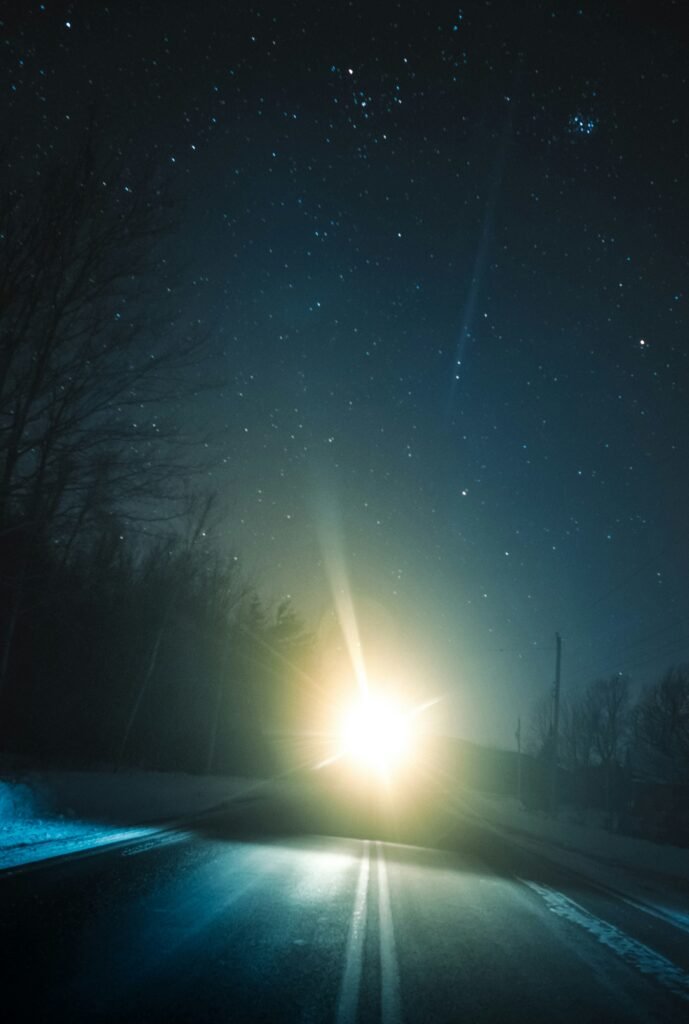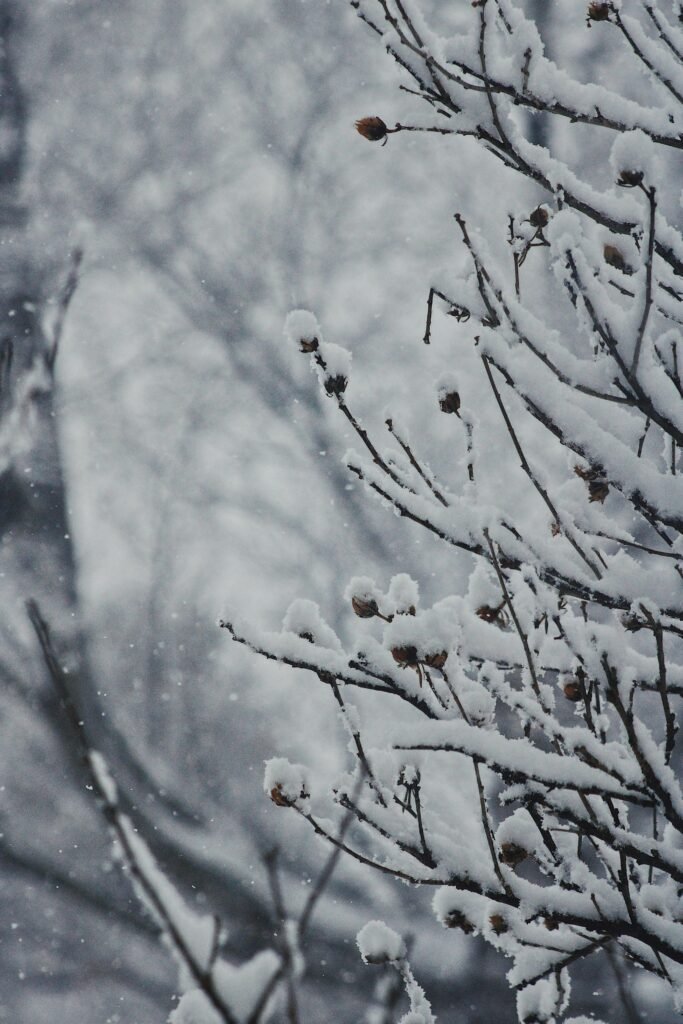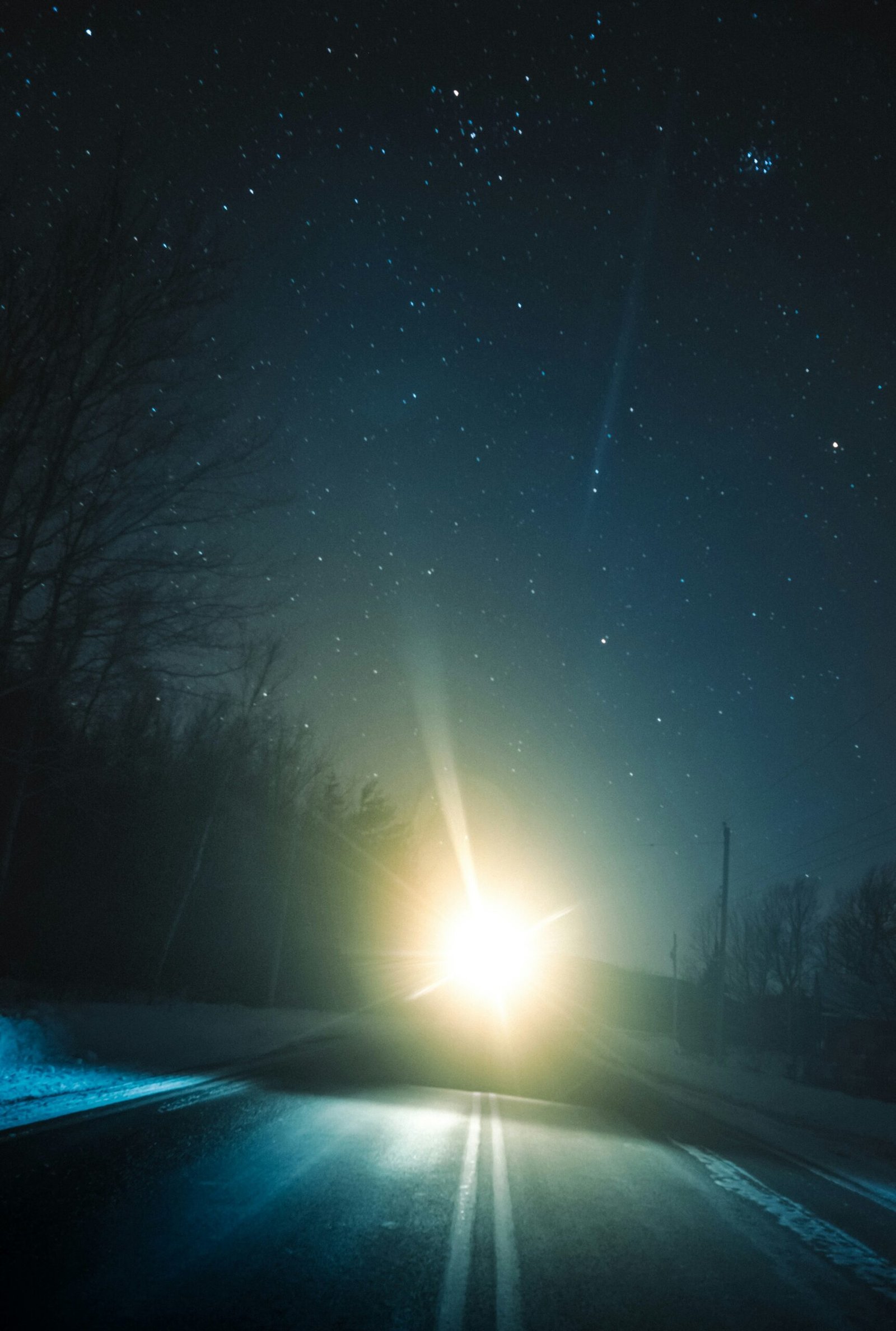Have you ever wondered how the chilly embrace of winter or a refreshing ice bath affects your body? It’s fascinating to think about how something as simple as cold exposure might influence your health, particularly your bone density. Let’s break this down together.
Understanding Bone Density
Bone density refers to the amount of mineral matter per square centimeter of bone. Essentially, it’s a measurement of the strength and density of your bones. Why does that matter? Because stronger bones can better withstand injury and disease, reducing your risk of conditions like osteoporosis.
When we think of bone health, we often associate it with calcium intake and weight-bearing exercises. But there’s emerging evidence that suggests cold exposure might play a role too. Let’s look into what the research says.
The Science Behind Bone Density
Bone is a living tissue that is constantly being remodeled. Your body is continually breaking down old bone and forming new bone, a process influenced by various factors including diet, hormones, and, interestingly, external temperatures.
Research indicates that colder temperatures might stimulate bone formation by enhancing the activity of bone-forming cells called osteoblasts. This means that exposing yourself to cold might have a beneficial effect on bone density. Let’s unpack that a bit.
How Cold Exposure Works
When you expose your body to cold, it reacts in various ways. Here’s a quick rundown of the physiological responses:
-
Vasoconstriction: Your blood vessels constrict, which reduces blood flow to certain areas, preserving heat and energy for vital organs.
-
Metabolic Rate Increase: To maintain a stable internal temperature, your body increases its metabolic rate, resulting in higher caloric burning.
-
Hormonal Changes: Cold exposure can also lead to changes in hormones that impact bone health, including increases in noradrenaline and growth hormone.
So, when you’re chilled to the bone, your body is busily working, which might just include the maintenance and strengthening of your skeletal structure.
Historical Context on Cold Exposure and Health
Our ancestors had a different relationship with cold exposure. They lived in environments where winter was a regular event, and their bodies adapted accordingly. While many people today live in regulated climates, there’s growing interest in returning to these ancestral practices, including exposure to cold.
Traditional methods of cold exposure vary. For instance, in the Nordic countries, people regularly take cold baths, while in certain Asian cultures, ice water fishing is a cultural staple. These practices have long-standing roots that merit investigation, especially in a modern health context.

The Research Landscape
The science surrounding cold exposure and its impact on bone health is still evolving. As with most areas of health research, results can vary, demonstrating the importance of continuing studies in this arena. Let’s break down some of the studies that have contributed to our understanding.
Cold Exposure and Bone Cells
A few key studies have explored how cold affects osteoblast and osteoclast activity:
-
Osteoblast Activity: Some studies suggest that cold exposure can stimulate osteoblasts, leading to increased bone formation. When cells are subjected to colder temperatures, they may increase their metabolic activity, leading to the preservation of bone density.
-
Osteoclast Activity: In contrast, cold exposure appears to inhibit the activity of osteoclasts, which are responsible for bone resorption (the process of breaking down bone). Lower temperatures can result in decreased osteoclast activity, meaning that your body retains more bone mass.
The Double-Edged Sword of Temperature
The relationship between temperature and bone density isn’t strictly linear. While some exposure to cold can be beneficial, extreme low temperatures could have detrimental effects, leading to hypothermia or frostbite. Balance is crucial here, and understanding your own body’s response to cold is part of this equation.
Temperature Regimes and Bone Density
Researchers have examined different methods of cold exposure, including cryotherapy, cold showers, and ice baths. Here’s a brief summary of findings from various types of exposure:
| Method of Cold Exposure | Potential Impact on Bone Density |
|---|---|
| Cryotherapy | Can temporarily stimulate metabolism and bone formation but requires ongoing research. |
| Ice Baths | Some anecdotal evidence suggests benefits for muscle recovery, which may relate to bones. |
| Cold Showers | Regular cold showers might enhance overall recovery, indirectly supporting bone health. |
Each of these methods carries its own potential advantages and disadvantages, but they all highlight the need for a nuanced approach when considering cold exposure and its effects on bone health.
Practical Applications
If you’re intrigued by the potential benefits of cold exposure for your bone density, how can you incorporate this into your routine without going overboard? Here are a few practical approaches:
-
Cold Showers: Gradually introduce cold showers into your daily routine. Start with warm water and progressively lower the temperature. Aim for 2-3 minutes of cold exposure at the end of your shower.
-
Cryotherapy: Consider visiting a cryotherapy center. These facilities offer sessions that expose the body to cold temperatures for several minutes, potentially eliciting the same positive responses.
-
Cold Packs: Apply cold packs to areas of the body while resting, especially after an exhausting workout. This aids recovery and may confer some benefits to bone health.
Cold Exposure in the Age of Technology
With the advancement of technology, cold exposure methods have become more accessible. Cryotherapy chambers are popping up in urban areas, and various home devices are marketing their benefits. It’s essential to approach these technologies with a critical eye.
- Research: Look for studies backing the claims these technologies make.
- Practitioner Guidance: Professionals in related fields (physical therapists, sports medicine doctors) can provide tailored advice and insight.

Individual Variability and Considerations
While cold exposure shows promise for enhancing bone density, individual responses can vary greatly based on genetics, lifestyle, and overall health. Here are some important factors to keep in mind:
Genetics Matter
Your genetic background plays a significant role in how your body responds to both cold exposure and bone health. Factors such as familial history of metabolic bone disease or osteoporosis can influence your personal risks and benefits from cold exposure.
Age and Gender Factors
Age, along with whether you identify as male or female, can affect both how your body responds to cold and your baseline bone density. For example, post-menopausal women may have different responses to cold exposure compared to their male counterparts, due to variations in hormone levels and changes in bone density over time.
Existing Health Conditions
If you have a pre-existing health condition—especially circulatory or autoimmune diseases—consult with a healthcare professional before beginning any routine involving cold exposure. They can provide insight based on your medical history and current health status.

The Role of Diet and Lifestyle
Cold exposure isn’t a magic bullet for bone density. Maintaining strong bones is a multifaceted endeavor that includes a balanced diet, regular exercise, and other healthy lifestyle choices.
Nutrition for Bone Health
Ensuring your body has the proper nutrients is vital. Calcium and Vitamin D are typically the heavy hitters when it comes to bone health, but other nutrients, such as Magnesium, Vitamin K2, and Omega-3 fatty acids, play essential roles as well.
Exercise Essentials
Regular physical activity, particularly weight-bearing activities, is crucial for maintaining bone density. Think of exercises like weight lifting, running, or even brisk walking. These activities stimulate bone formation and slow bone loss, complementing any benefits you might derive from cold exposure.
Stress Reduction and Sleep
Quality sleep and effective stress management techniques can bolster overall health, including your bones. Stress can lead to hormonal changes that negatively impact bones. Incorporating mindfulness practices, breathing exercises, or light yoga could be beneficial.

Future Research Directions
As interesting as the current findings are, this is just the tip of the iceberg. There’s a potent connection waiting to be further examined between cold exposure and bone density, but more extensive studies are needed to draw solid conclusions.
Researchers are considering several questions:
- What is the optimal duration and frequency of cold exposure for ideal bone health?
- Do the effects of cold exposure vary significantly between genders or age groups?
- What are the long-term implications of including cold exposure in a regular health regimen?
These are all topics for further exploration, and the conversation is evolving.

Conclusion: Embracing the Chill
So, what’s the bottom line? Cold exposure might just feature more prominently in discussions about bone density than previously thought. From enhancing vasoconstriction responses to stimulating bone-forming cells, the cool embrace of lower temperatures could provide some surprising health benefits.
It’s essential to remember that cold exposure should be just one aspect of a holistic approach to bone health. Consistent exercise, proper nutrition, and mindful living play significant roles in maintaining your overall well-being.
As always, before making any significant changes to your health regimen or lifestyle, reach out to a healthcare provider for personalized guidance. After all, your bone health is too important to leave to chance!
Engaging with cold exposure could be an exciting addition to your wellness routine, but approach it with curiosity, caution, and an open mind. You might find that a little chill goes a long way.

